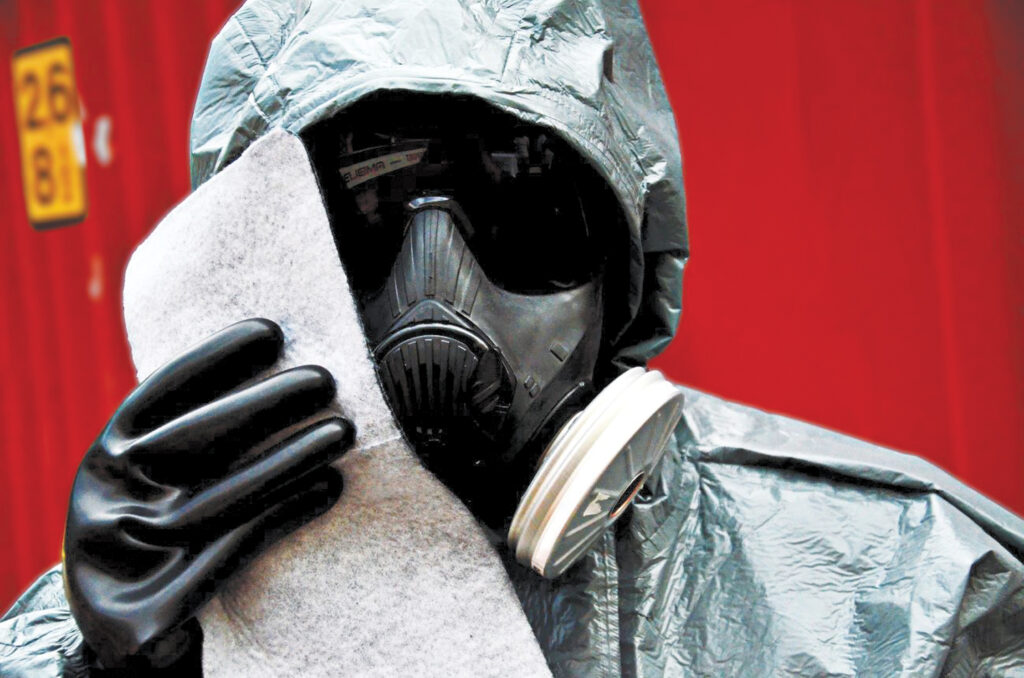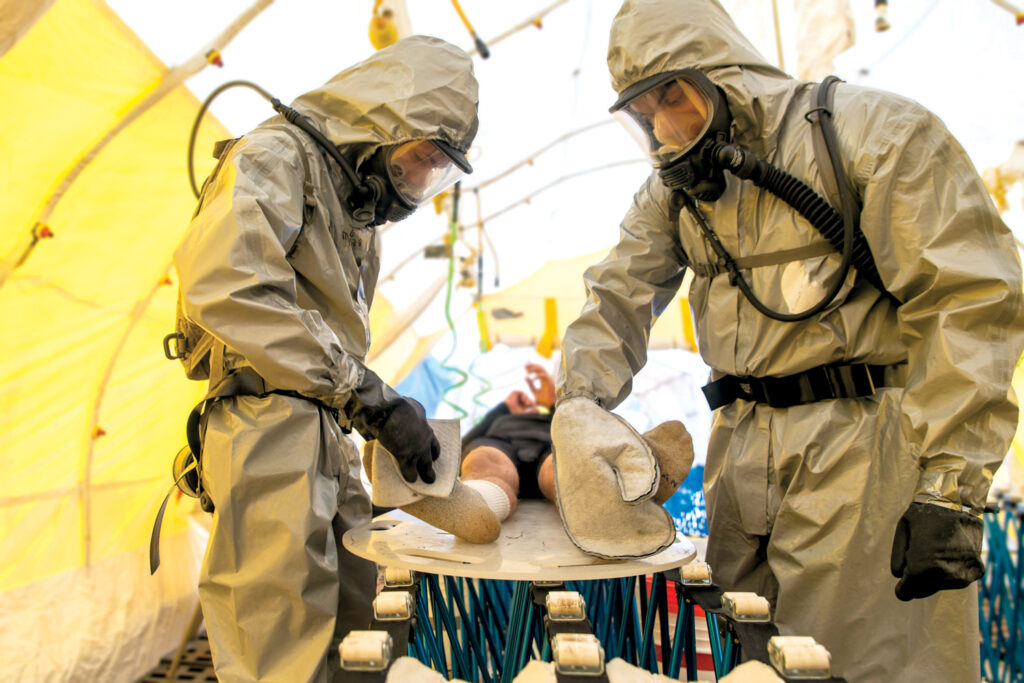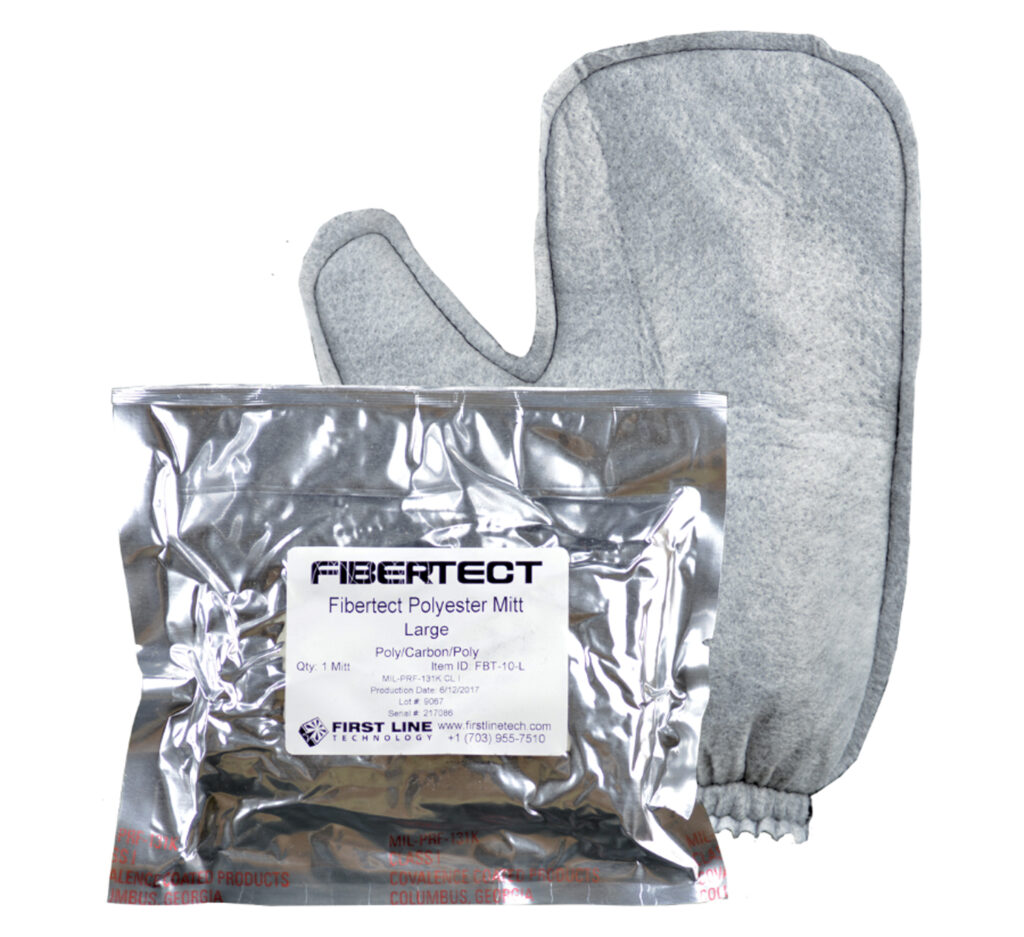
A nonwoven wipe invented in the Texas Tech University lab of professor Seshadri Ramkumar, Ph.D., for use by the military in liquid and gaseous chemical decontamination is now being evaluated by the U.S. Army for its potential use in dry decontamination efforts.
Nowadays, chemical threats can be in powder form, from synthetic opioids to biotoxins like ricin. While water effectively removes dry chemicals, it isn’t always available or ideal in cold weather and creates runoff with possible secondary contamination.

FiberTect™ is a three-layer wipe with an activated carbon core between absorbent layers and is safe and comfortable when coming into direct contact with the skin. The product has been commercialized by First Line Technology in collaboration with Hobbs Bonded Fibers.
A field exercise, done by the Army Corps of Engineers in Alaska, found that decontamination “with currently available technology is a viable option for casualty decontamination that is as good as or better than the current water-based system.” The exercise examined the wipe in comparison to a handheld decontamination HEPA vacuum and found it comparable in most instances to removing a simulated contaminant from study participants, who represented ambulatory and nonambulatory casualties.

The study results favored a combination approach of both technologies for maximum effectiveness and flexibility. For example, FiberTect could be the first line of defense, to wipe the bulk of contamination off of people before they enter a decontamination tent.
Results also presented some ideas for further study, such as a side-by-side comparison with water decontamination; using the wipe for canine decontamination instead of water, especially in cold environments; and using the technologies in conjunction in other ways. For example, the wipe could be used to create a tip for the HEPA vacuum that would allow for more comfortable action of the device on the skin and prevent cross-contamination between patients.
Editor’s note: Ramkumar is a regular contributor to Specialty Fabrics Review.
 TEXTILES.ORG
TEXTILES.ORG


